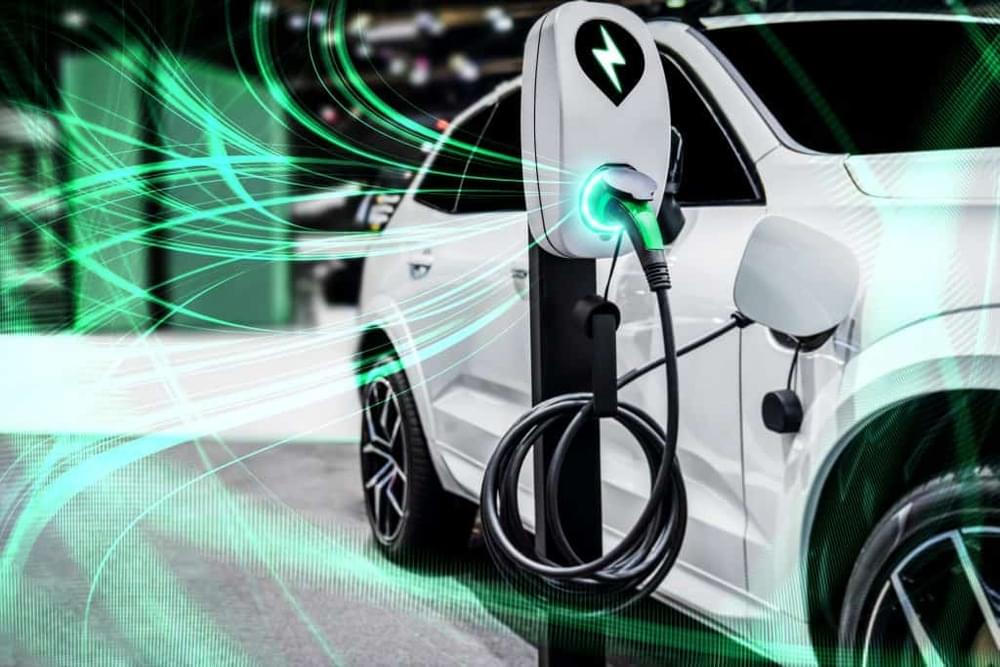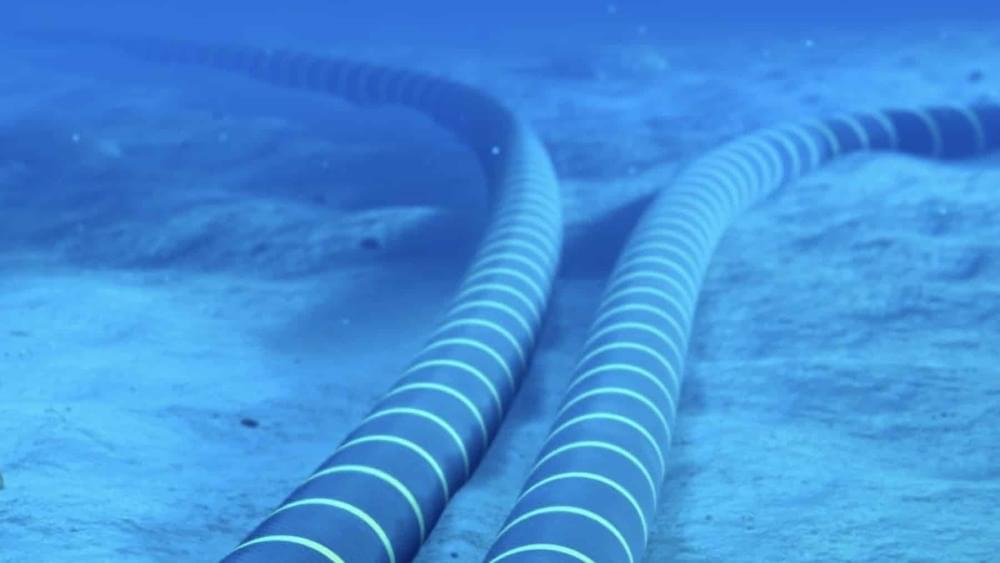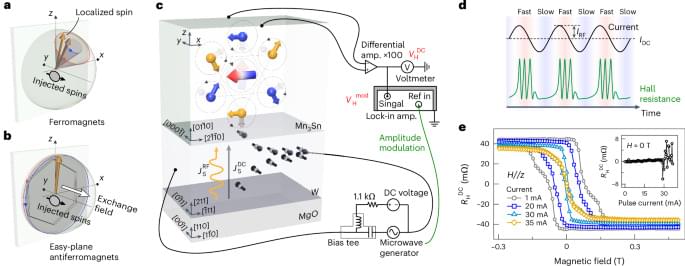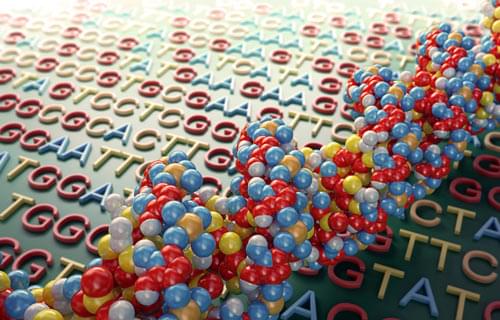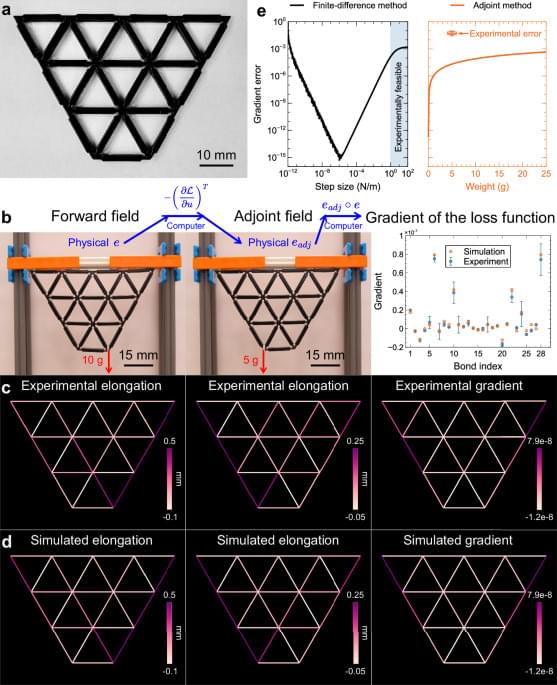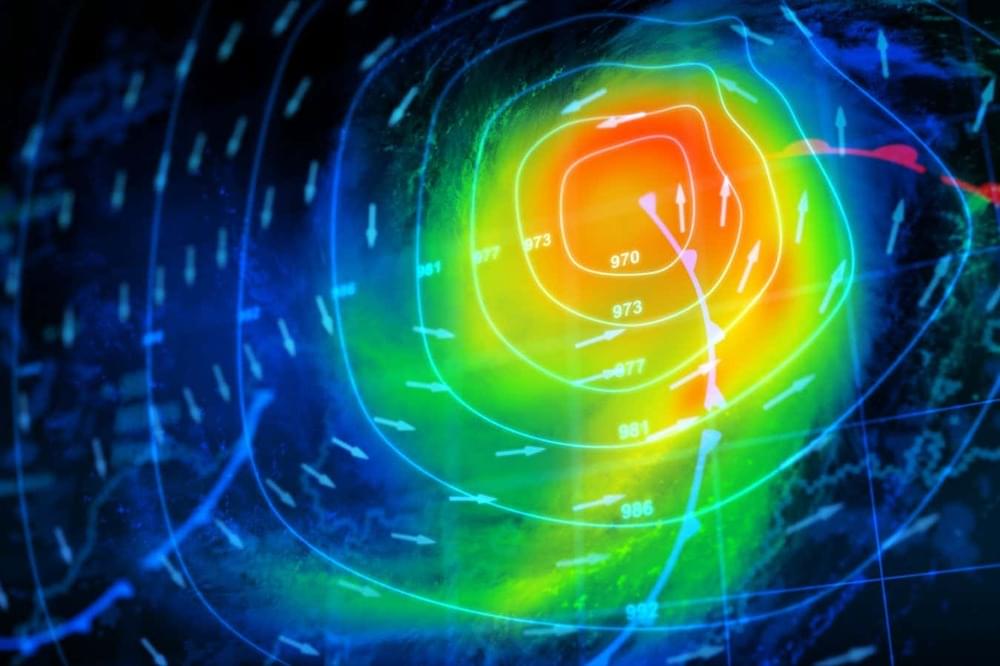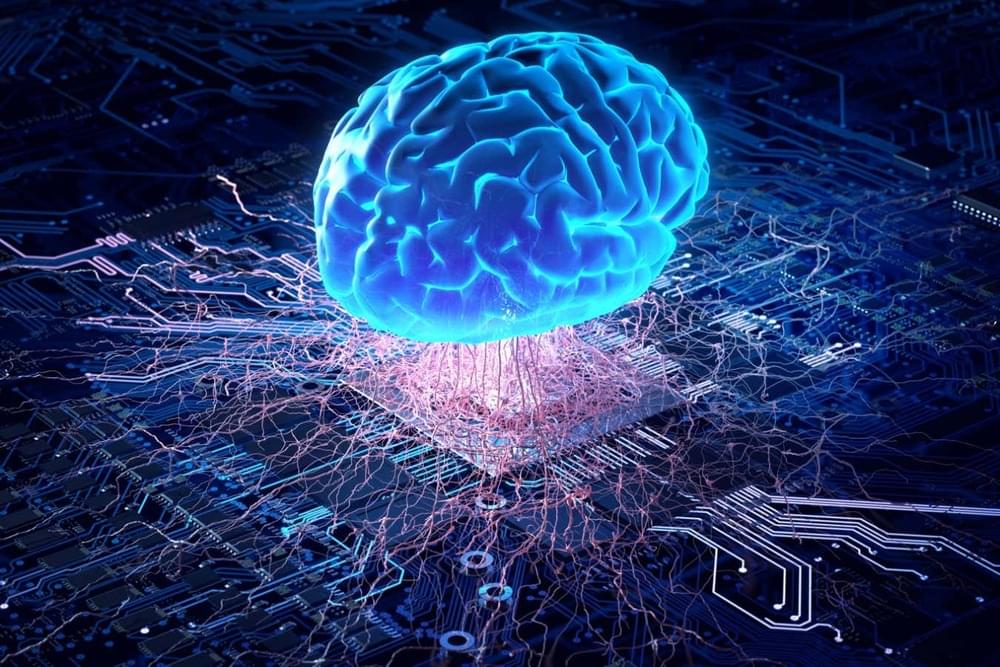It was 1,229 CE in the monastery of St Sabas, near Jerusalem, and a monk named Johannes Myronas was in need of some parchment. He had evidently been tasked with creating a copy of the Euchologion – an important book of prayer and worship directions for Eastern Orthodox and Byzantine Catholic churches.
The problem was, parchment was expensive and hard to come by. Recycling was the name of the game, and Johannes had just the thing: a 200-year-old manuscript filled with old math notes that nobody was all that interested in anymore. Compared with the Holy Word, there was no contest: he pulled it apart, scraped the old text off, and used the pages for the new book – a technique known as palimpsesting.
You probably know where this is going. In creating his Euchologion, Johannes had – presumably unwittingly – destroyed one of the most valuable relics of Archimedes’s work. Not just some notebook or single treatise, even: the manuscript now known as “Codex C” contained multiple works from the ancient polymath, some of which now exist nowhere else in the world.

